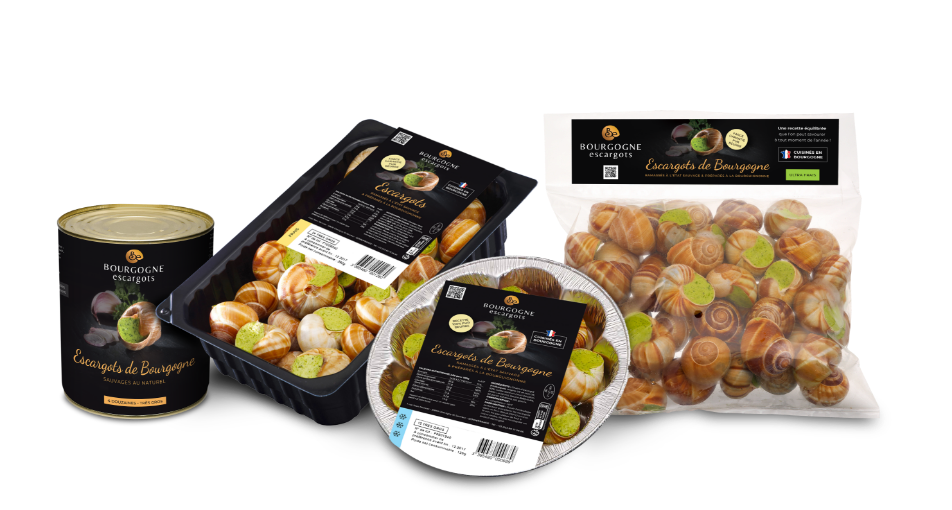Learn all about snails!
And if the snail could tell you
An age-old heritage
Without counting the culinary arts, our ancestors also used them to make necklaces and bracelets 7 to 10 000 years ago.
The animal with a crown
Numerous historians have confirmed that snails constituted a staple food source for various tribes. They would also have saved certain populations from famine!
Described by Aristotle in his History of Animals of the IVth century, cultivated by the Romans and enjoyed as a desert during the Middle Ages, the snail has navigated the ages. It has even been served at the table of kings! They were enjoyed by Henri II in the XVI century. Like kidneys, they are forked up once extracted from their shells!
The shells’ glorious period
But it was the XIXth century which was the golden age of the snail. Presented as a fashionable dish by Talleyrand and his chef Antonin Carême at a dinner in honour of the Tsar, its consumption in France took off. It enjoyed significant growth throughout France. For this reason, its consumption was multiplied by a factor of ten between 1910 and 1952.
The necessary quantities could no longer be supplied through casual gathering. Now professionalised, gathering networks grew up around restaurants and units for preparation and manufacture.
Rare shells
From the 50s, gathering became uncertain. Its intensive practice in certain regions and the increasing use of treatments in vines and in the fields made collection more and more difficult.
With the supply having become unreliable and inadequate in France, manufacturers were compelled to turn to new regions for harvesting.
Snails today
Once gathered in Burgundy, Helix Pomatia, the best known snail, got its name from this region. Though still present in our countryside, this type has been protected by Ministerial decree since 1979.
Furthermore, the Burgundy Snail cannot be cultivated. To rectify this, canners and producers were supplied from Central and Eastern Europe, where it is still abundant in its wild state.
Choice of flavours
It is in Central and Eastern Europe that Burgundy Snails are obtained, this species being harvested in spring by villagers in the producer countries. In this way, we can choose the flavour of wild snails while their harvesting is regulated and the natural cycle of the creature respected.

Discover
our products
